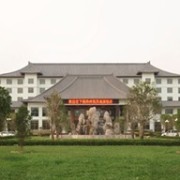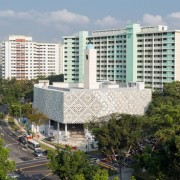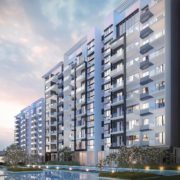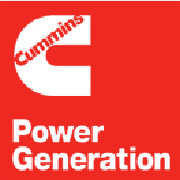Green Buildings: The Role of Energy-Efficient Vertical Transport
By Willie Tan Business Development Director of Welden Pte Ltd, one of the exhibitors at Build Eco Xpo (BEX) Asia 2015
—
Safety, sustainability and cost are 3 pertinent issues at the back of a developer’s mind whenever the construction of a building is underway. Take into account that there is increasing emphasis on green buildings by the Building and Construction Authority (BCA) of Singapore – the BCA released its first ever BCA Building Energy Benchmarking Report (BEBR) in 2014 as a way for companies to keep track of their energy usage and measure their performance with that of other companies, together with a $50 million Green Mark incentive Scheme for Existing Buildings and Premises (GMIS-EBP).
However, did you know that greening has extended as far as to cover vertical transport within buildings? In a time where buildings are being built taller and higher to overcome land shortages, energy-efficient measures must be set in place to ensure that energy consumption does not go overboard, which in the long run will lead to environmental damage.
Out of a high rise building’s total energy usage, elevators consume an average of 5% to 17%. However, unknown to many, this number can actually hit a shocking 50% during peak operational timings. This is because a large amount of energy is commonly used up by the braking system, since it plays an essential role in overseeing the elevator’s safe and smooth operation. Furthermore, additional energy is utilized by the building’s cooling system to ensure that the system continuously runs at an optimal temperature and does not overheat.
Waste not, want not – The future of elevator technology
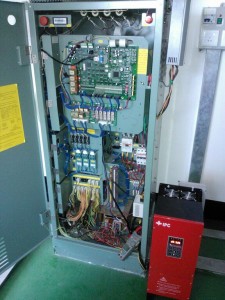 With so much energy going to waste and an urgent energy target to hit, there needs to be a way. The Power Regenerative Unit (PRU) recently introduced by Welden Pte Ltd is complete with energy regenerating features to offset energy usage and save energy costs. The device ensures energy expended in the form of heat loss by the braking system is minimized. On top of that, the heat energy is gathered and channelled to the building’s electrical grid. Hence, regenerative systems actually see a double-pronged method of saving energy in both the elevator system, as well as the cooling system, resulting in larger overall energy savings.
With so much energy going to waste and an urgent energy target to hit, there needs to be a way. The Power Regenerative Unit (PRU) recently introduced by Welden Pte Ltd is complete with energy regenerating features to offset energy usage and save energy costs. The device ensures energy expended in the form of heat loss by the braking system is minimized. On top of that, the heat energy is gathered and channelled to the building’s electrical grid. Hence, regenerative systems actually see a double-pronged method of saving energy in both the elevator system, as well as the cooling system, resulting in larger overall energy savings.
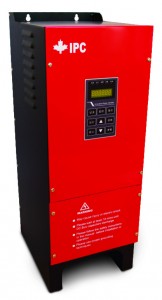 Results from buildings that have implemented the system have reported positive results, implying that the benefits are extensive. On top of the Shenzhen International Business Center and elevators in Shenzhen Airlines International Hotel reporting total energy savings hovering at a minimum of 35%, the Hong Kong AIA building’s PRU has seen more than 40% improvement in its efficiency, resulting in energy savings of approximately 6570kWh per year per elevator.
Results from buildings that have implemented the system have reported positive results, implying that the benefits are extensive. On top of the Shenzhen International Business Center and elevators in Shenzhen Airlines International Hotel reporting total energy savings hovering at a minimum of 35%, the Hong Kong AIA building’s PRU has seen more than 40% improvement in its efficiency, resulting in energy savings of approximately 6570kWh per year per elevator.
A green partnership
As green buildings gain more traction in the construction and greening industry, a wide range of talent and experience is needed to manage this shift in the industry. Given that green building technology now includes decisions revolving around energy-saving appliances, temperature, as well as lighting design, construction has developed to be a more complex field. In order to manage this change, it is imperative that experts and professionals continue to gather and exchange their insights and solutions, such as exhibitions like Build Eco Xpo (BEX) Asia. Not only is this necessary in giving each technology the due recognition it deserves, but it encourages innovation so that the green industry may progress collectively.


